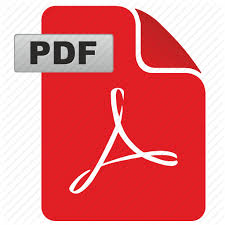|
1 |
6.1.1-The governance of the institution is reflective of and in tune with the vision and mission of the institution
|
 |
|
2 |
6.1.2-The effective leadership is visible in various institutional practices such as decentralization and participative management.
|
 |
|
3 |
6.1.2-The effective leadership is visible in various institutional practices such as decentralization and participative management.
|
 |
|
4 |
6.2.1-The institutional Strategic/ perspective plan is effectively deployed
|
 |
|
5 |
6.2.2-The functioning of the institutional bodies is effective and efficient as visible from policies, administrative setup, appointment and service rules, procedures, etc.
|
 |
|
6 |
6.2.3-Implementation of e-governance in areas of operation 1. Student Admission and Support 2. Examination.
|
 |
|
7 |
6.3.1-The institution has effective welfare measures for teaching and non-teaching staff
|
 |
|
8 |
6.3.3-Average number of professional development /administrative training programs organized by the institution for teaching and non teaching staff during the last five years
|
 |
|
9 |
6.3.4-Average percentage of teachers undergoing online/face-to-face Faculty development Programmes (FDP) during the last five years (Professional Development Programmes, Orientation / Induction Programmes, Refresher Course, Short Term Course etc.)
|
 |
|
10 |
6.4.1-Institution conducts internal and external financial audits regularly
|
 |
|
11 |
6.5.1-Internal Quality Assurance Cell (IQAC) has contributed significantly for institutionalizing the quality assurance strategies and processes
|
 |
|
12 |
6.5.2-The institution reviews its teaching learning process, structures & methodologies of operations and learning outcomes at periodic intervals through IQAC set up as per norms and recorded the incremental improvement in various activities
|
 |
|
13 |
6.5.3-Quality assurance initiatives of the institution include: 1. Regular meeting of Internal Quality Assurance Cell (IQAC). 2. Participation in NIRF 3. ISO Certification,
|
 |